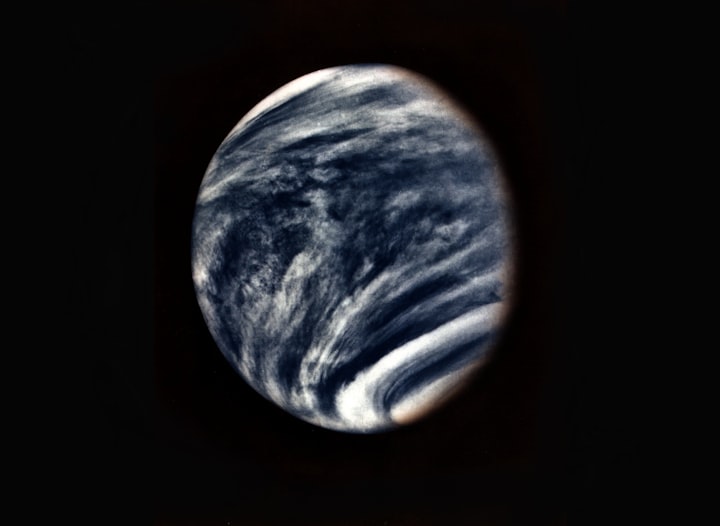Why Humans See Faces In Everyday Objects
Why Humans See Faces In Everyday Objects
The German word pareidolia was first used in an article by Karl Ludwig Kahlbaum, for example in his 1866 essay Die Sinnesdelierien. The work was referred to the following year in the Journal of Mental Science Volume 13 where it was translated as "pareidolia" in English and noted as synonym for the terms "change hallucination," "partial hallucination" and "perception of secondary images".
Pareidolia leads people to interpret random images (light and shadow patterns) as faces. Seen as a symptom of psychosis, facial spareidolia (seeing faces as random objects or light or shadow patterns) arise from visual perception errors.
Researcher Prof David Alais, from the University of Sydney, says the human brain is hardwired to recognise faces with specialised brain regions for facial recognition and processing. The brain seems to use a sort of template matching method : when it sees an object which appears to have two eyes, a nose and a mouth, it goes to see a face. Humans have long been masters in recognizing facial patterns in inanimate objects - think of the famous image of the ''face on Mars" taken in 1976 by the Viking 1 orbiter and made by light and shadows.
People seem to be hardwired to see faces in everyday objects such as clouds, moons and tree trunks, which is why some people imagine Jesus on cheese toast. Some people recognize what they consider to be the face of Jesus on burnt toast, and many others on many ordinary foods.
It is common for people to see human faces in food, inanimate objects, rock faces, tree trunks and even moons in order to view the faces. But scientists don't understand why this is, or what the brain does when it interprets visual signals from human-like faces. Our brains seem hardwired to see faces, but nothing more, new research shows.
If you tend to notice faces in inanimate objects - whether you're mocking faces in the house, getting surprised by bowling balls, or grimacing at apples - you're not alone. Facial pareidolia, the phenomenon of seeing faces in everyday objects is a human condition related to the wiring of our brains. According to neuroscientists at the University of Sydney, our brain recognises and reacts to illusory faces in a similar way to real human faces.
Research from UNSW Sydney shows that we process faces with the same visual mechanisms in the brain as we do with real faces. Although human faces look a bit different, they have some similarities, such as the spatial arrangement of the eyes and mouth. It is the basic patterns and traits that define human faces that our brains are attuned to and that most likely direct our attention (pareidolia) to objects.
In a study conducted by UNSW colleague Professor Colin Clifford, researchers examined whether the same brain mechanisms that extract important social information from what a person looks are also activated when we experience facial pareidolia. Our brains are highly attuned to features common to all human faces, such as the placement of the mouth, nose and eyes, and reading social information requires the ability to determine whether someone is happy, angry or sad and whether they pay attention to us.
Pareidolia is a psychological phenomenon that causes people to see patterns in random stimuli. Once we understand that we are dealing with objects, not emotions, we cannot help looking at them as objects with personality traits such as the direction of vision or the mechanisms in our visual system that become active when they recognize an object with face-like traits.
When that happens, people feel that the face has a personal meaning and freak out. To put it simply, people see a face on an object that is actually none.
Man's propensity to see face-like structures in inanimate objects is related to how our brains are hardwired. Scientists say that this phenomenon, known as Para-de-ole-eia (pronounced pareidolia) is normal and that we are prepared to see faces in all kinds of everyday objects. Humans have long found patterns in living objects, and they are believed to be the most famous: the face on Mars, captured by orbiter Viking 1 in 1976.
This no longer exists, but a Twitter account dedicated to planning images of the phenomenon has proved otherwise. Another trick is light and shade. People have found out that they believe the face of Jesus is on toast, among many others, and lots of common food.
Scientists from the University of Sydney have discovered that not only do we see faces in everyday objects, but that our brains process the emotional expression of these objects in the same way as real faces and throw them away when something is wrong with recognition. The paper, published in the journal Psychological Science and led by researcher Dr Colin Palmer from UNSW Sciences School of Psychology, states that seeing a face in an everyday object is so common that it has been highlighted in many memes and websites devoted to the phenomenon on the internet.
The most famous face seen due to pareidolia is the face of Mars. When NASA's Viking spacecraft imaged the Red Planet in 1976, it produced an image of Mesa Butte in the Cydonia region that looked like a face. Scientists knew the image was from paredidolia, but they didn't know exactly what it was.
The next step is to study the specific brain mechanisms by which we read social information from other people's faces. The study examines pareidolia in faces, recognizes it by analyzing facial expressions and examines whether false recognitions can be discarded.
Scientists at the University of Sydney say that we see faces in everyday objects but our brains weed out faces not only as false recognition, but also with real ones. Take the famous face on Mars, an image taken by the Viking 1 orbiter in 1976. In the light and shade people have found what they consider to be the face of Jesus on burnt toast, and many others with many ordinary ingredients.
I remember a horror anthology series in which a woman kept seeing menacing faces and patterns in her blanket. She asked me why we tend to see faces more than patterns in the ceiling.






Comments
There are no comments for this story
Be the first to respond and start the conversation.